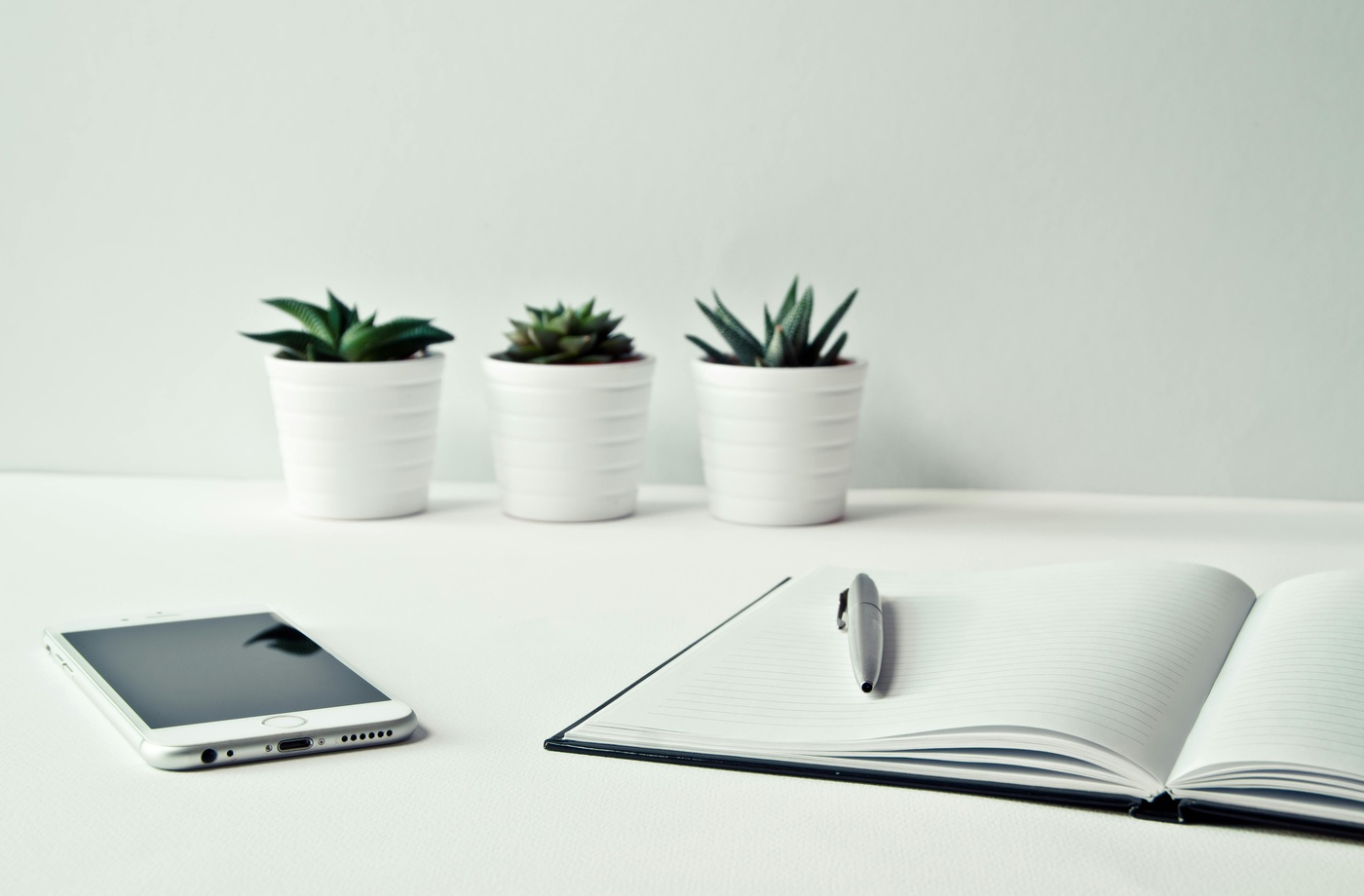Minimalism isn’t just an aesthetic—it’s a functional approach to work that prioritizes clarity, simplicity, and focus. A minimalist office setup can help reduce distractions, improve mental clarity, and boost daily productivity. Whether you’re working remotely, launching a solo business, or simply trying to streamline your workspace, going minimalist doesn’t mean going without.
Here’s how to build a minimalist office that’s both practical and inspiring—no clutter required.
- Choose a Simple, Functional Desk
Start with a clean-lined desk that fits your space. Avoid bulky models with unnecessary drawers or storage. The goal is a surface that supports your work without overwhelming your room. Brands like MUJI offer minimalist furniture built for function and style. - Limit Desk Accessories
Keep your desktop clear, limiting accessories to essentials only. A slim lamp, a pen holder, and a notepad may be all you need. Store everything else out of sight to maintain a visually calm environment. - Go Digital to Eliminate Paper Clutter
Swap sticky notes and notebooks for digital alternatives. Use platforms like Notion or Google Keep to manage tasks, calendars, and documents. This not only clears your workspace but also simplifies your workflow. - Invest in Multi-Purpose Tools
Minimalism doesn’t mean less productivity—it means smarter tools. Choose multi-functional items like an all-in-one printer, a wireless charging pad, or a dual monitor arm that saves space while boosting efficiency. - Prioritize Quality Over Quantity
Minimalist setups often favor a few high-quality tools over a large collection of average ones. Invest in an ergonomic chair, a reliable laptop stand, or a well-made keyboard that enhances comfort and performance. - Hide Cables and Devices
Visual clutter includes cords. Use cable management sleeves, clips, or a desk grommet to hide chargers and wires. Store modems, routers, and external drives in a nearby cabinet to keep your workspace clean. - Stick to a Neutral Color Palette
A minimalist color scheme—whites, grays, soft woods—can help create a serene and distraction-free zone. Keep décor to a minimum, but consider adding a small plant or framed quote for a touch of personality. - Declutter Regularly
Minimalism is an ongoing process. Set time each month to declutter your drawers, desktop, and digital files. Keep only what you use regularly and archive the rest. - Rely on Natural Light
Where possible, set up near a window to take advantage of natural light. It reduces eye strain and contributes to a brighter, more uplifting environment—without needing extra fixtures. - Use Vertical Space Wisely
Floating shelves or wall organizers can hold occasional-use items without crowding your desktop. This helps maintain your minimalist aesthetic while still giving you access to everything you need.
Minimalist setups aren’t about having less—they’re about creating more space for what matters. By paring down distractions and focusing on utility, you’ll be able to do more with less.



